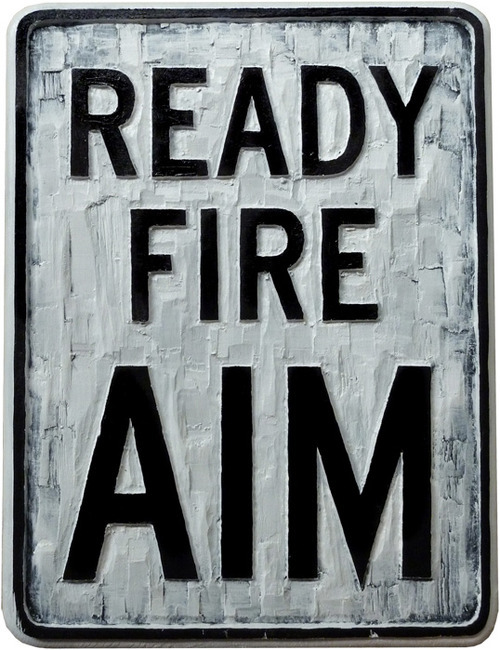#FrontendWeb
Explore tagged Tumblr posts
Text

Do you need a ready-made & client-attractive real estate company website? 🤔 Here is a client-attractive and user-friendly premium Homzen | Real Estate React NextJS Template 🔥
👁️ View Demo & Download Now
#Homzen#RealEstateHTMLTemplate#WebDesign#RealEstateWebsite#HTMLTemplate#PropertyManagement#RealEstateDevelopment#WebDevelopment#RealEstate#ReactJS#NextJS#WebTemplate#RealEstateTemplate#TemplateDesign#ResponsiveDesign#PropertyShowcase#ModernRealEstate#TechSavvy#RealEstateWeb#RealEstateAgency#BeautifulTemplates#UserExperience#FrontendWeb#CustomTemplates#DigitalRealEstate#techbe#seo#technology#customizable#woocommerce
0 notes
Text
Elevate your online presence with Zenesys' frontend web development services. Our expert team crafts visually appealing and highly responsive interfaces, ensuring exceptional user experiences. Explore the power of seamless design and functionality with our frontend web development services tod
0 notes
Photo

We offer full-stack front end web development services to develop responsive solutions that satisfy your company's needs.
#frontend#webdevelopment#web#development#services#frontendweb#frontendwebdevelopmentservices#frontendappdevelopmentcompany#frontendwebdevelopmentcompany#frontenddevelopmentservices
0 notes
Link
#javascript#es6#frontend#webdev#web developing company#webdevelopment#web developers#uidev#ui development#frontenddeveloper#frontendweb
0 notes
Text
Front-End Web Development Services

Altorum Leren is a recognized and prominent front end web development service provider, We are a team of proficient, dexterous and knowledgeable developers, who cater to a vast array of software development and User Interface development requirements of our clients. Powerful user-friendly interfaces, based on the advanced and latest industry trends. Our objective is to use innovative ideas, latest technologies and platforms like HTML3, CSS3 and jQuery, Angular, Javascript and more, to ensure that the application developed by our development team is robust, fast loading and fully responsive.
Now Avail the Front-End Web Development services from the experts... Contact us to discuss your project with us.. For more information, check out our official website https://www.altorumleren.com/
#HTML3#css#angular#javascrpit#frontend development#frontenddev#frontenddeveloper#jquery#AltorumLeren#frontend#frontendweb#FrontEndArchitecture#coding#ResponsiveFrontEndDevelopment#website development#development#responsivedevelopment#webdevelopmentservices#webdevelopment#technology#programming
0 notes
Link
0 notes
Text
BLOWING UP MEDIA QUERIES

The other night at a meetup, I heard of a concept that was so simple and yet blew my mind: JavaScript media queries.
I knew what media queries were in CSS, I threw them around quite liberally and with frequency. But, the idea that I could trigger events to happen based simply on a window size took those media queries took this to the next level. Load time speeded up dramatically! Cool stuff happening on tiny screens only! The madness!
However, I had no idea how to set one of these puppies up. After a few tries, I discovered that setting up a JavaScript media query isn't all that different from setting up a regular CSS one, just different syntax.
If you're itching to try this too but have no idea where to start, let me give you the basics on how these can work.
First, you need to use something to detect the browser size. In jQuery, you can choose either the window or the document to monitor.
Next, you need to set your breakpoints and which direction those breakpoints are coming from using an if/else statement. For example, you can specify that if a window or document size is less than 420 px in width or height, then the function you specified gets called.
Lastly, you want to bind the event handler to find out when to do what you want it to do. I found that I could use the jQuery resize method in conjunction with the if/else statement to denote when to fire events for me.
That's about it. Easy, right?
It is! And the possibilities are endless of what you can do with these!
To prove it, I made a simple project to test these out. All I wanted to see is if I could evoke a simple change in the browser (the colors change) whenever i got to a specified browser width. You can see the end result here, but I'll explain what I did and how I did it.
I began by specifying in my checkWidth function that I wanted to watch the window width size and that the behavior I was wanting to change on the body container class. Then I set my breakpoints at which each event was to happen. (I discovered that I could avoid some repetition by using an else if statement with a range of widths to account for different sizes of screens, and then I set a default behavior in the else statement. Awesomeness.)
So that defined what I wanted to have changed and when, but I also needed to call the function when the document was ready (simple) and then have jQuery do some magic by paying attention to the screen size as the user played around with it. When the .resize() method detects a breakpoint, it then knows what event to trigger.
Lastly, just as a check for myself, I put in some console.log notes to see when the events were happening. (Although for my project this is pretty obvious, it never hurts to have that change noted.) I chose this for my simple project, but I could have also easily added a separate event listener function to give me information about what was going on a bit more precisely as opposed to the dozens of console log messages that I received. However, for this project, it seemed like more work than was necessary.
The TLDR? Using JavaScript media queries are fun and easy, and will probably make your visitor's experience with your application a bit more enjoyable (since things that are necessary are executing, not loading and waiting). All you have to do is set the breakpoints, the behavior and make sure that your script is watching for changes. Amazing!
1 note
·
View note
Photo

Work, school, yoga, sleep, repeat. #mobileresponsive #frontendweb #dreamweaver #curlybrace{} (at San Diego Continuing Education: North City Campus)
0 notes
Link
Got about halfway through reading all of the different supported Web Components for frontend markup that there are… WOW. I really honestly never imagined that just plain HTML (with maybe a little CSS and JS thrown in) could do so much…
0 notes